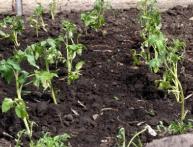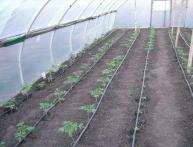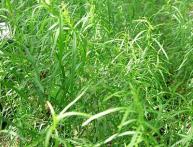How to properly plant potatoes in ridges

Almost every summer resident or rural resident wants to enjoy fresh vegetables and fruits from their own garden. For some, planting and growing vegetable and fruit crops is only a temporary measure for the summer, while others simply cannot survive without an annual harvest from their own garden.
Content:
- What is the idea behind growing potatoes in ridges?
- Features of choosing a place and soil for planting
- Planting potatoes in ridges
That is why it is so important to know the most effective and efficient methods for growing vegetables, fruits, and berries in the garden, so that later you will be able to reap rich harvests.
What is the idea behind growing potatoes in ridges?
This method came to us from Holland, where they have been cultivating for a long time potato in this way and very successfully, I must say.
The advantage of this method is that the ridge of soil where the tubers are planted is completely filled with new tubers over time. That is, potatoes grown on ridges give a very rich harvest.
It is not difficult to explain such a phenomenal increase: due to high hilling (the higher the better), the potato root system has room to develop and, accordingly, form a large number of stolons - the embryos of future tubers.
Except increasing productivity planting potatoes in ridges helps ease the work of cultivating a potato field.Anyone who has ever grown potatoes knows how much work is needed both when planting under a shovel and then when caring for and hilling. So when growing on ridges care it becomes much easier, especially since it is possible and necessary to involve means of small-scale mechanization.
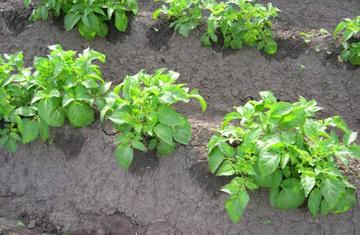
The advantage of this method is that in the spring the soil on the ridges warms up faster and much better than in flat areas. This is a big plus, because it allows you to start planting work earlier.
Features of choosing a place and soil for planting
For successful growing Potatoes will need a considerable area, located in an open, well-lit area of the site.
Often, poor potato yields are due to the fact that gardeners do not implement crop rotation correctly. Of course, not everyone has such large plots that it is possible to change the location of planting crops. But if you still decide to provide yourself and your family with fresh vegetables, you will have to find resources.
So, it is best to return potatoes to their original planting site only after 3-4 years, so that during this time the soil is cleared and has a rest from growing it. If your plot is small, then still try to change the place where you plant potatoes and other vegetables at least every year.
The optimal soil for potatoes is loose and fertile. If your area is not rich in such, then you will have to put more effort into care: loosen the soil more often so that it does not form an earthen crust.
Planting potatoes in ridges
You can prepare a bed for planting using this method on the same day. It is recommended to add fertilizer and ash to the soil, and then carefully dig the bed so that the components are mixed with the soil.
As for the size, in a 1.2 meter bed you get three rows, between which you need to make shallow ditches with a hoe. If the soil is not too wet, you can moisten it further.
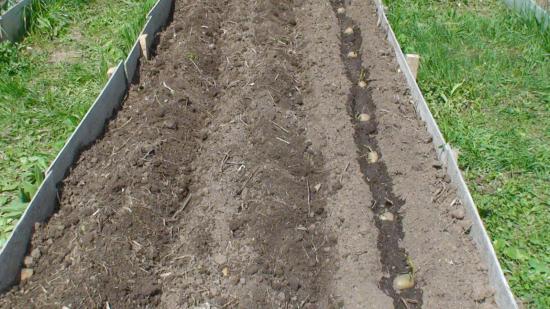
The sprouted tubers should be laid out along the crest of the row at a distance of about 25-30 cm from each other. Then use the same hoe to cover the tubers with soil and form a ridge with the tool.
This method of planting will be especially appropriate on those soils where groundwater is close. Because of the ridge, the tubers will not rot due to their close proximity to water.
Caring for such beds is made easier due to free access to the plantings: there are quite wide paths between the ridges. You can move along them between rows and carry out loosening without trampling the ridge with the base, where the potatoes grow.
It is very convenient that when planting in ridges and subsequent care, you do not have to run around single potato bushes, as happens with conventional square-cluster planting. First, loosening is carried out in one direction along the ridge, then you can calmly move to the other side and hill up evenly.
In addition, potatoes raised above the ground receive even more light and sunlight and are well blown by the wind, which is beneficial in wet weather.
After the shoots appear, you will need to go through the hoe again and lightly sprinkle the top of the ridges with soil from the inter-row spaces.
When the seedlings reach a height of 7-10 centimeters, it will be good to treat them with a solution of potassium permanganate. Approximately 2 grams of crystals are taken per bucket. At the same time you can spend feeding planting with liquid organic fertilizer.
Potato tubers planted in ridges do not rot in rainy weather due to the fact that excess water rolls off the high ridge.On the contrary, if the weather is dry, then water reserves remain in the ridge, providing the necessary moisture and nutrition to the plants.




